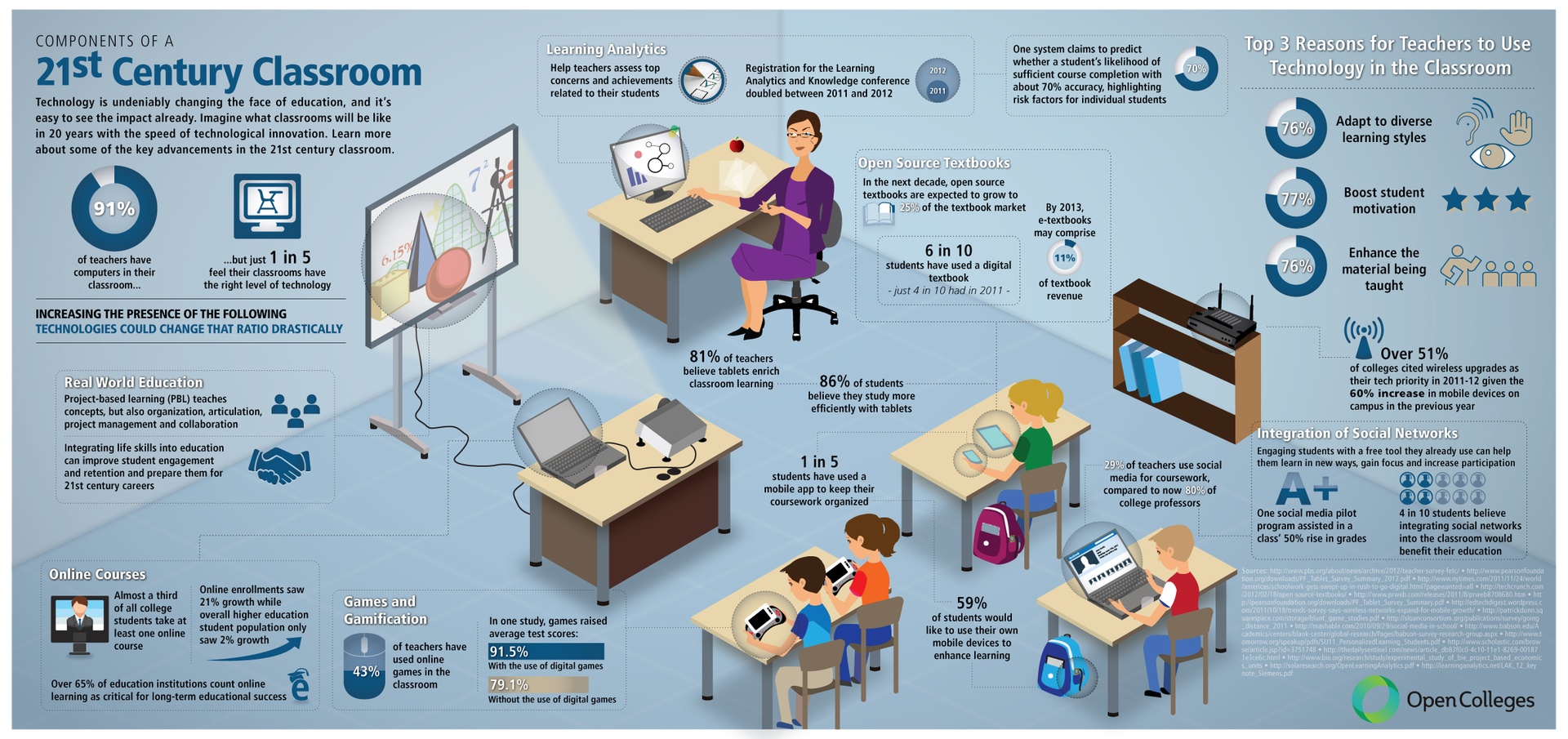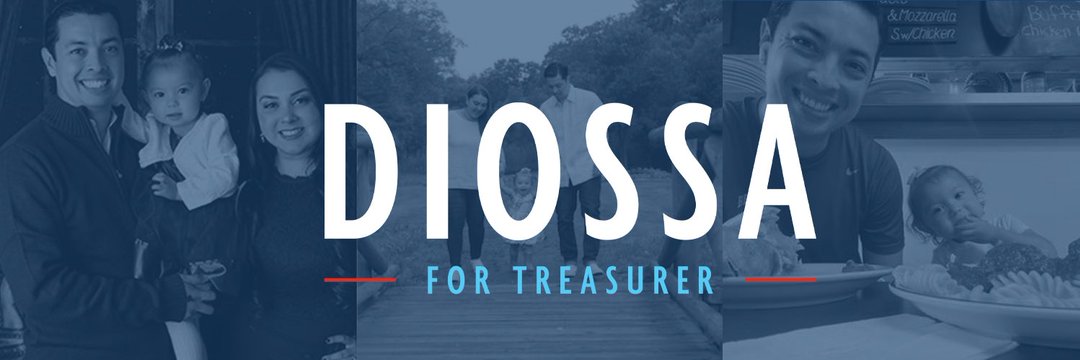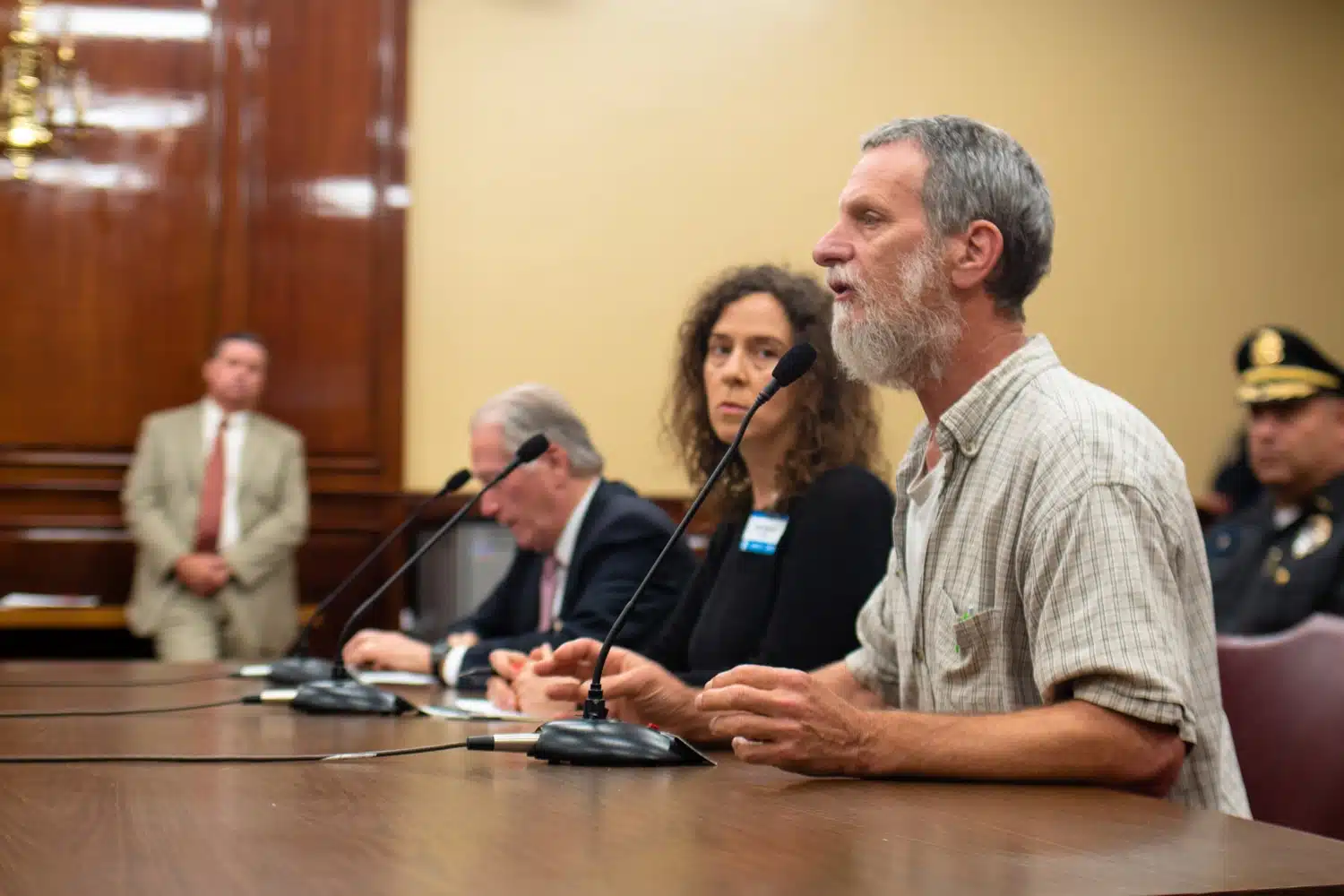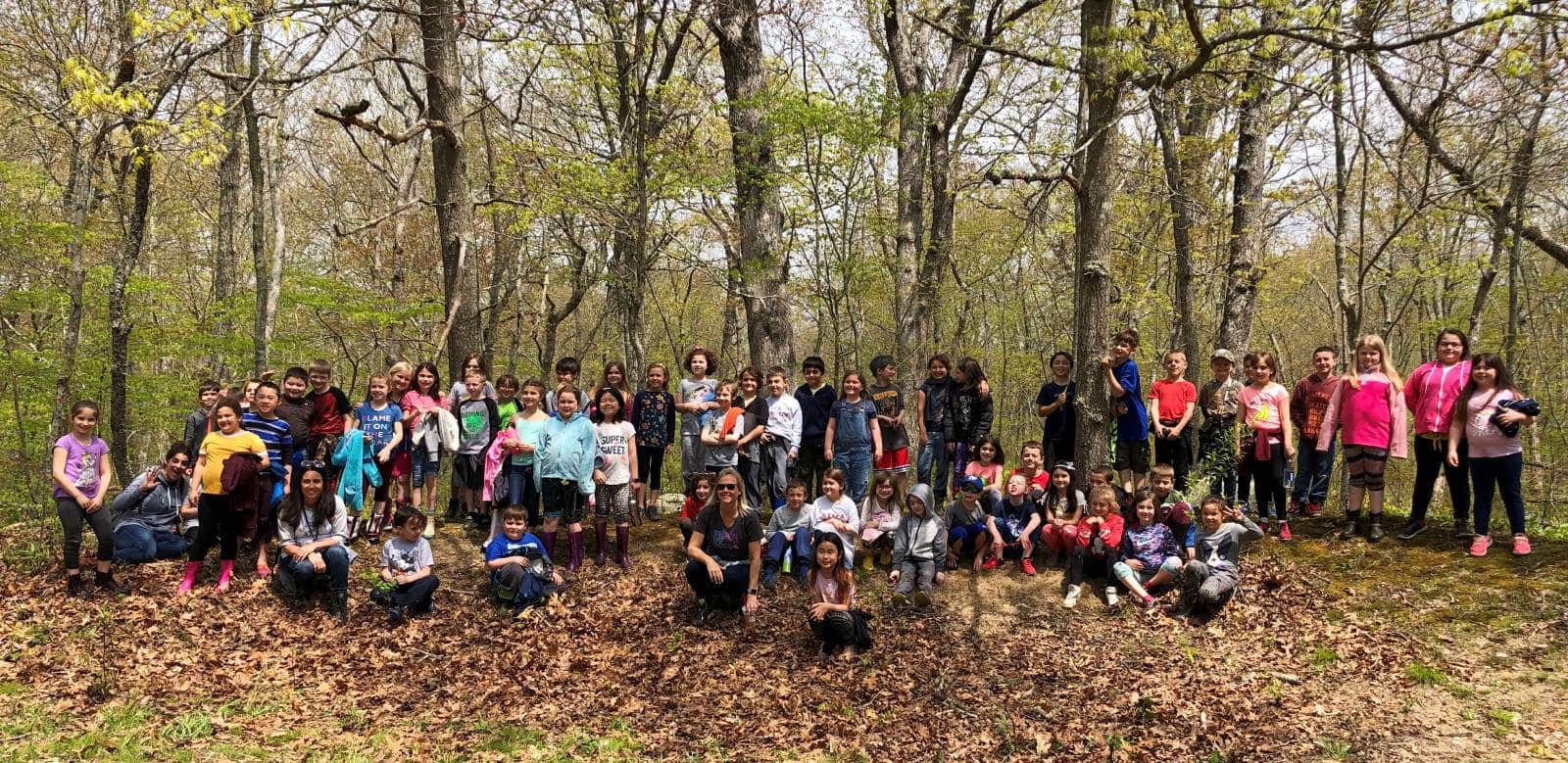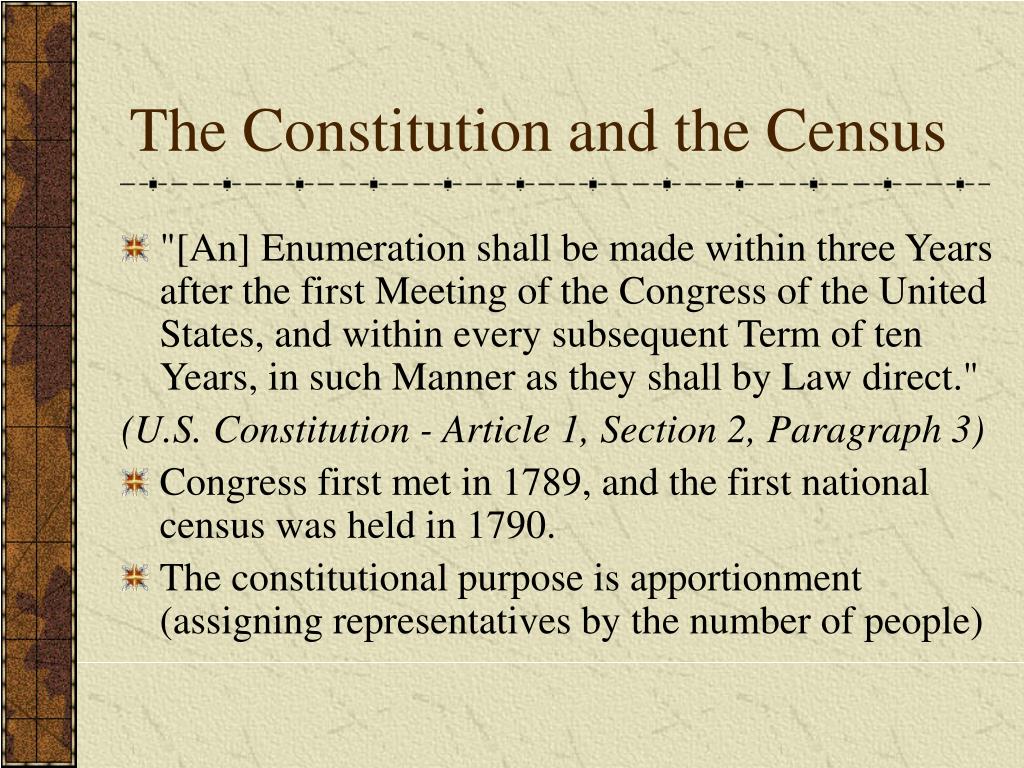Zero RI communities have affordable homes for a household earning under $100K
Charlestown came in at #24 among 39 RI cities and towns
by Janine L. Weisman, Rhode Island Current
And then there were none.Two years ago, households earning under $100,000 a year could afford to buy a home in 14 of Rhode Island’s 39 municipalities. Last year, the number dropped to just one: Central Falls.
But as the release of HousingWorks RI’s annual Housing Fact Book Friday shows, the task of charting the decline of housing affordability in the Ocean State mirrors the plot of an Agatha Christie murder mystery.
That’s because not a single community in the state is affordable to any household earning the median income of $107,452 a year, based on an analysis of year-end 2023 single family home sales via the State-Wide Multiple Listing Service and U.S. Census Bureau data. An annual income of at least $120,430 is now needed to buy a home in Central Falls, according to the 2024 edition of the report from the housing policy research group based at Roger Williams University. The report uses the most recently available federal, state and local data sets.
The median price of a single-family home climbed 112% in Central Falls since 2018, the biggest increase of any municipality. But the median household income in Rhode Island’s smallest and most densely populated city is $43,092, according to the U.S. Census’ 2022 American Community Survey.
All three communities on Aquidneck Island — Portsmouth, Middletown and Newport — along with six others — Bristol, Hopkinton, Narragansett, Pawtucket, Providence, and Woonsocket — also saw the price of a single family home rise 50% or more.
Woonsocket topped the list for most affordable home prices. Yet the minimum household income required to buy a home in Woonsocket was $119,123. The median annual household income there is $54,398.
Burrillville is the only municipality where the state’s median household income for renters —$45,560 — is sufficient to afford to rent the average-priced 2-bedroom apartment.
“We’ve just been simply underproducing housing particularly at the lower-income level for such a long period of time,” said Brenda Clement, HousingWorks RI executive director. “It’s troubling. It’s certainly an economic development issue because it’s a workforce recruitment and retention issue.”
More than a third of Rhode Island households, or 143,023 of them, spend more than 30% of their annual income on rent, mortgage payments, and other housing costs. Beyond that threshold, a household may struggle to afford food, health care, transportation and child care expenses.
“One of out three Rhode Islanders are cost-burdened,” Clement said. “So what that means is that either you are the one, or somebody within your network, or somebody in your family or who works for you.”
Rhode Island’s median household income of $81,370 requires a monthly budget of $2,043 for housing and utilities combined to avoid being housing cost-burdened.
For the median household income among renters of $45,560, housing-related costs cannot exceed $1,139.
The report’s release comes just two and a half weeks before Election Day when Rhode Island voters will consider a $120 million bond to increase the availability of long-term affordable homes and support community revitalization. About $80 million of that amount would subsidize the availability of low- and moderate-income affordable housing production.
If voters approve the bond, the investment would address a fraction of the need to increase the supply of affordable housing. A recent report by the Rhode Island Public Expenditure Council calculated that the bond would yield just 586 more income-restricted housing units in a state that needs over 26,000 of them to close the supply gap.
In addition to the housing bond, the report highlights a pilot low-income tax credit program of up to $30 million annually for five years, though it is not yet operational. Both are important steps in the right direction, but the report notes that the looming expiration of the $332 million in federal pandemic aid — which must be allocated by Dec. 31 2024 and spent by 2026 — Rhode Island will need to increase state investments in order to support its housing needs.
Rhode Island House Speaker K. Joseph Shekarchi said the report’s findings are sobering, but hardly shocking, given a national shortage of housing units and the fact that the median price of a home in the smallest state has doubled in the last five years.
“It took many years to get to where we are, and I am acutely aware of the scale and duration of effort required to get to a remedy,” Shekarchi, a Warwick Democrat, said in a statement. “Since I became Speaker in 2021, I have each year introduced a comprehensive package of housing legislation. The General Assembly has passed nearly 50 new housing laws, which underscores the complexity of addressing our housing shortage.”
Last month, Shekarchi outlined Rhode Island’s success in increasing the number of building permits before a U.S. Senate Budget Committee hearing at the invitation of the committee’s chairman, Rhode Island’s Sen. Sheldon Whitehouse. Shekarchi spoke in support of Whitehouse’s proposed legislation, The Affordable Housing Construction Act of 2024, which would leverage federal tax credits to encourage investment in housing.
“Unfortunately there is not a quick fix, but I have pledged that as long as I am Speaker, I will continue to keep housing as my top priority,” Shekarchi said.
The 2024 Housing Fact Book was scheduled to be released Friday morning during a breakfast event at the Providence Marriott Downtown. The report can be found online at www.housingworksri.org.
GET THE MORNING HEADLINES.
SUBSCRIBE
Rhode Island Current is part of States Newsroom, a nonprofit news network supported by grants and a coalition of donors as a 501c(3) public charity. Rhode Island Current maintains editorial independence. Contact Editor Janine L. Weisman for questions: info@rhodeislandcurrent.com. Follow Rhode Island Current on Facebook and X.







